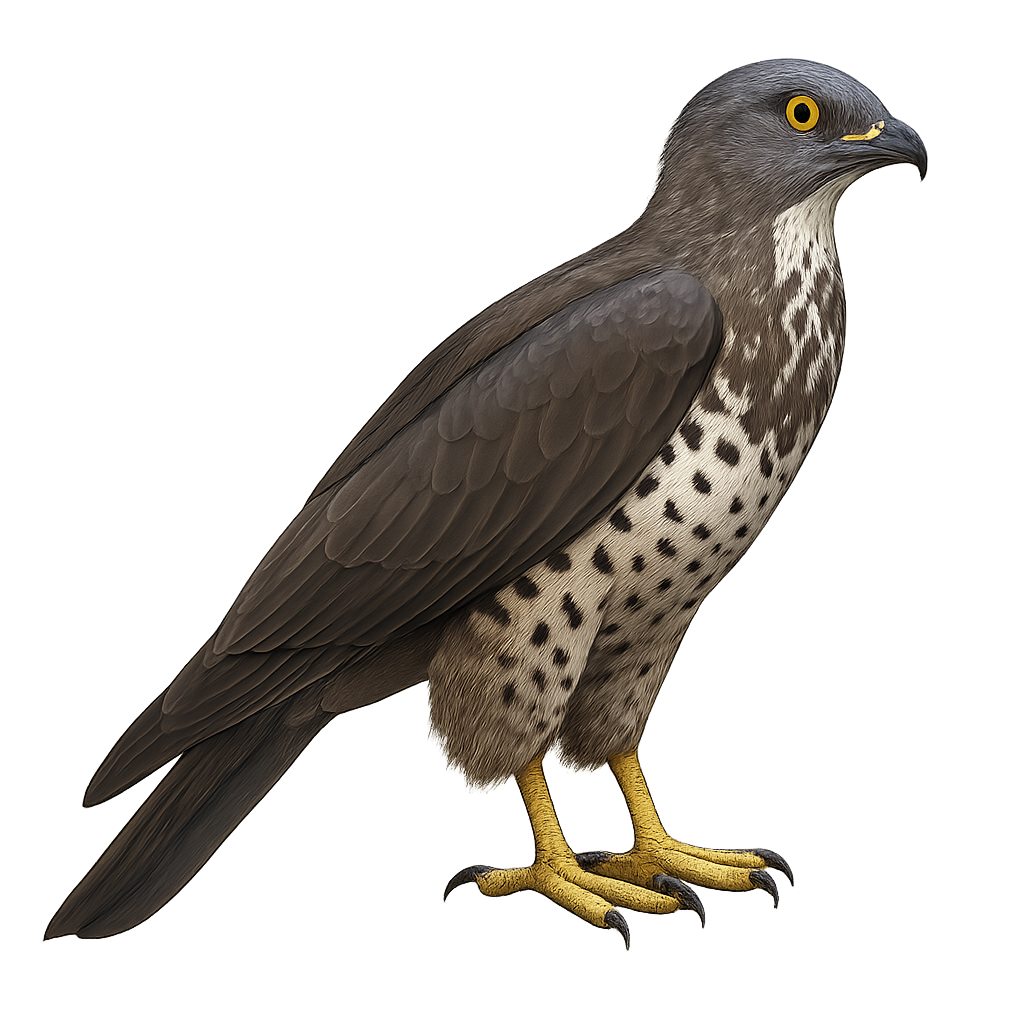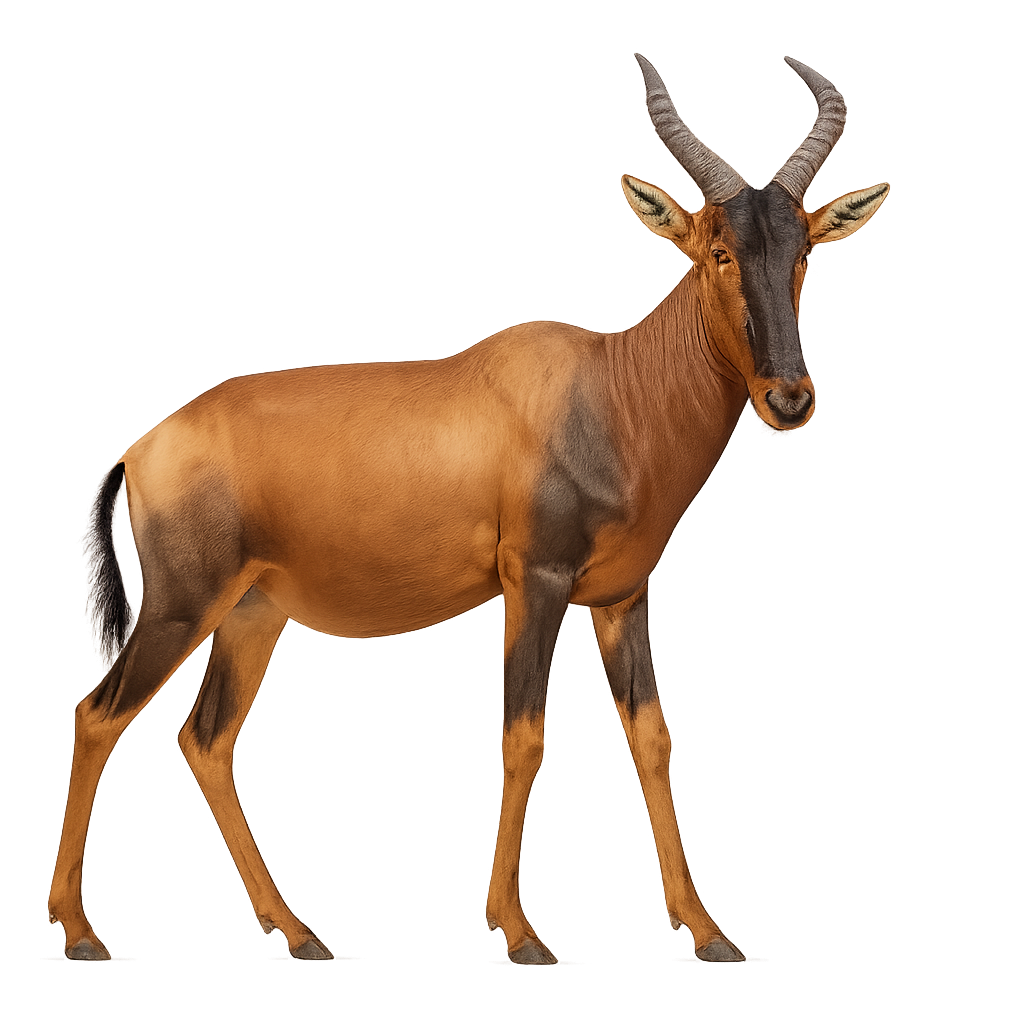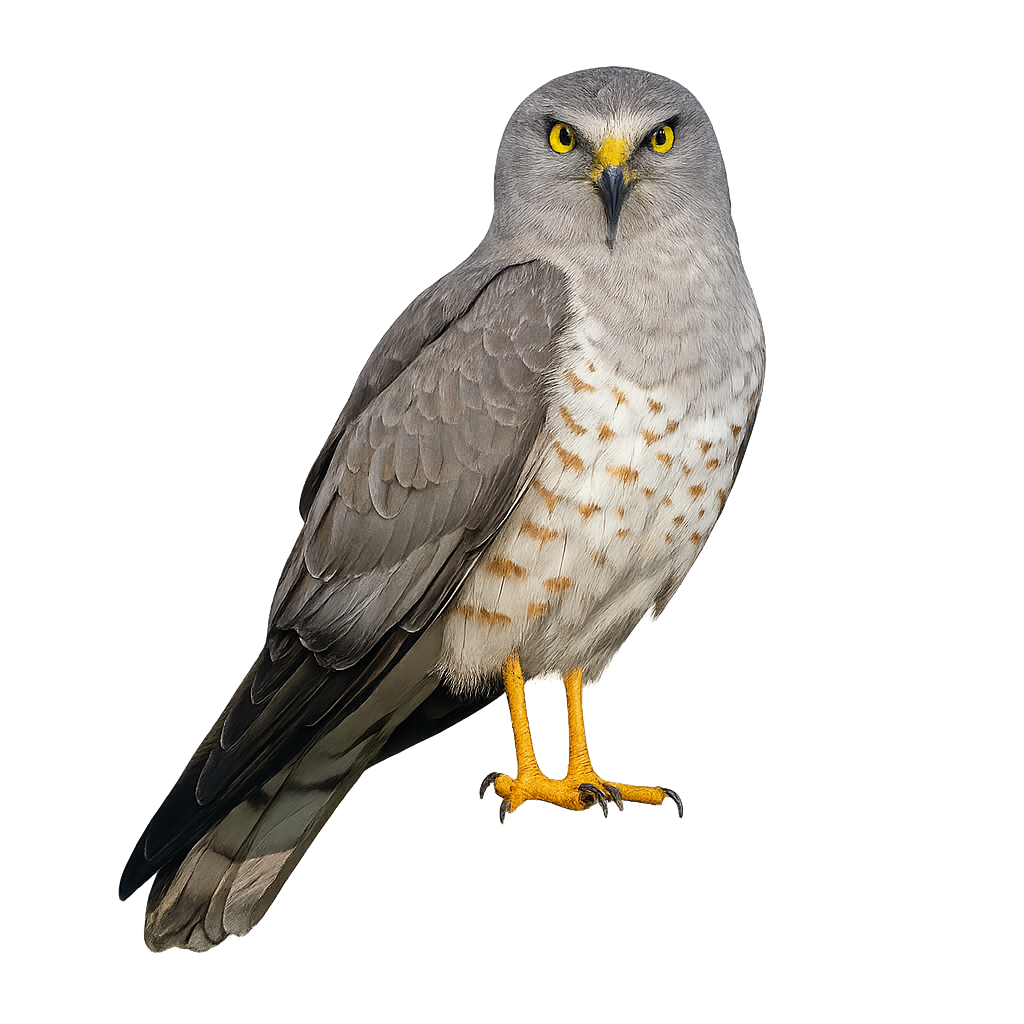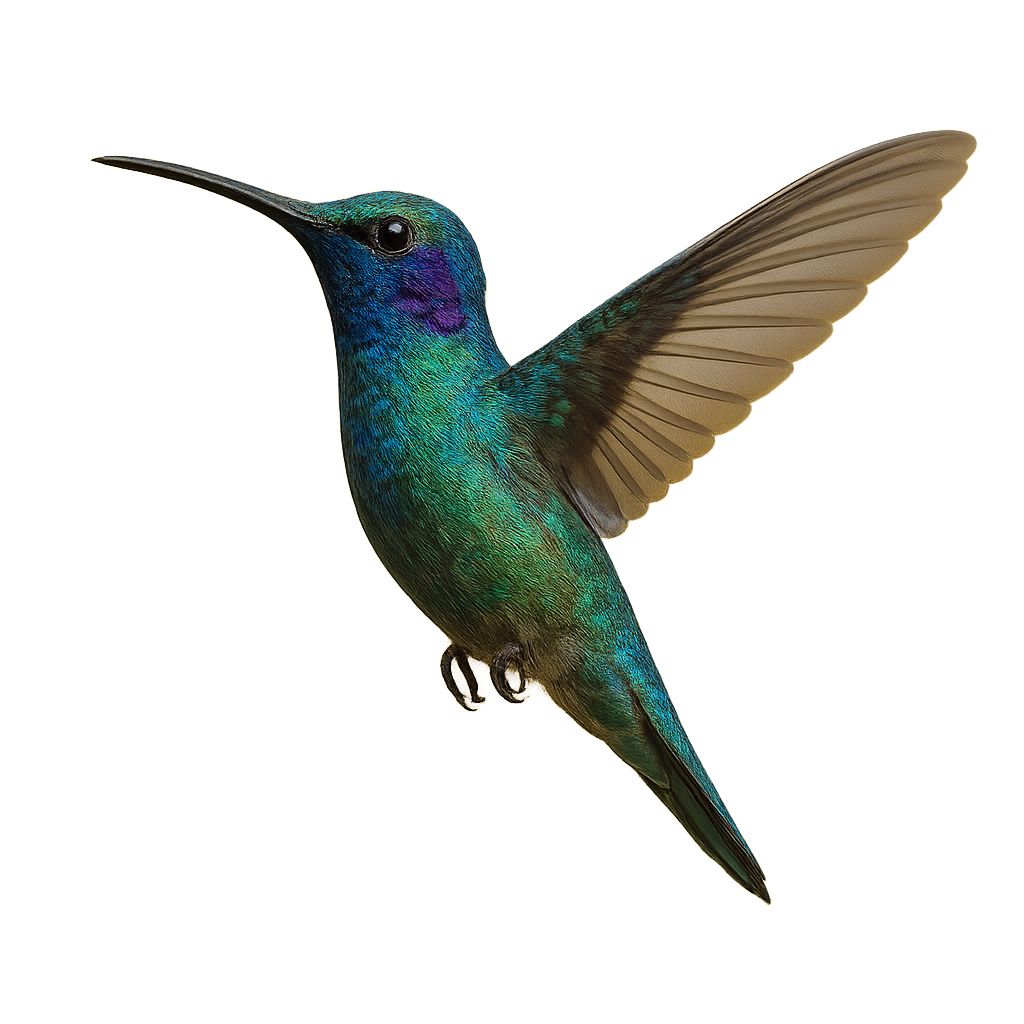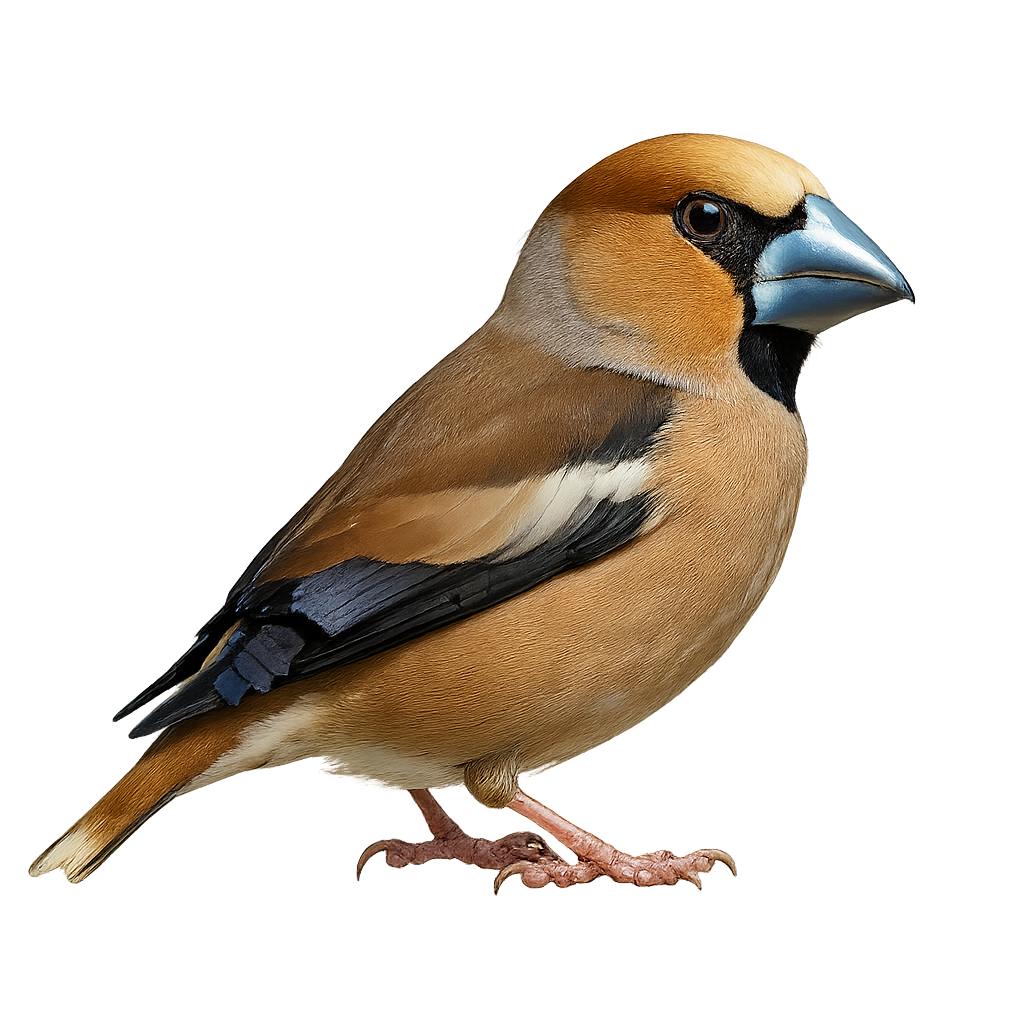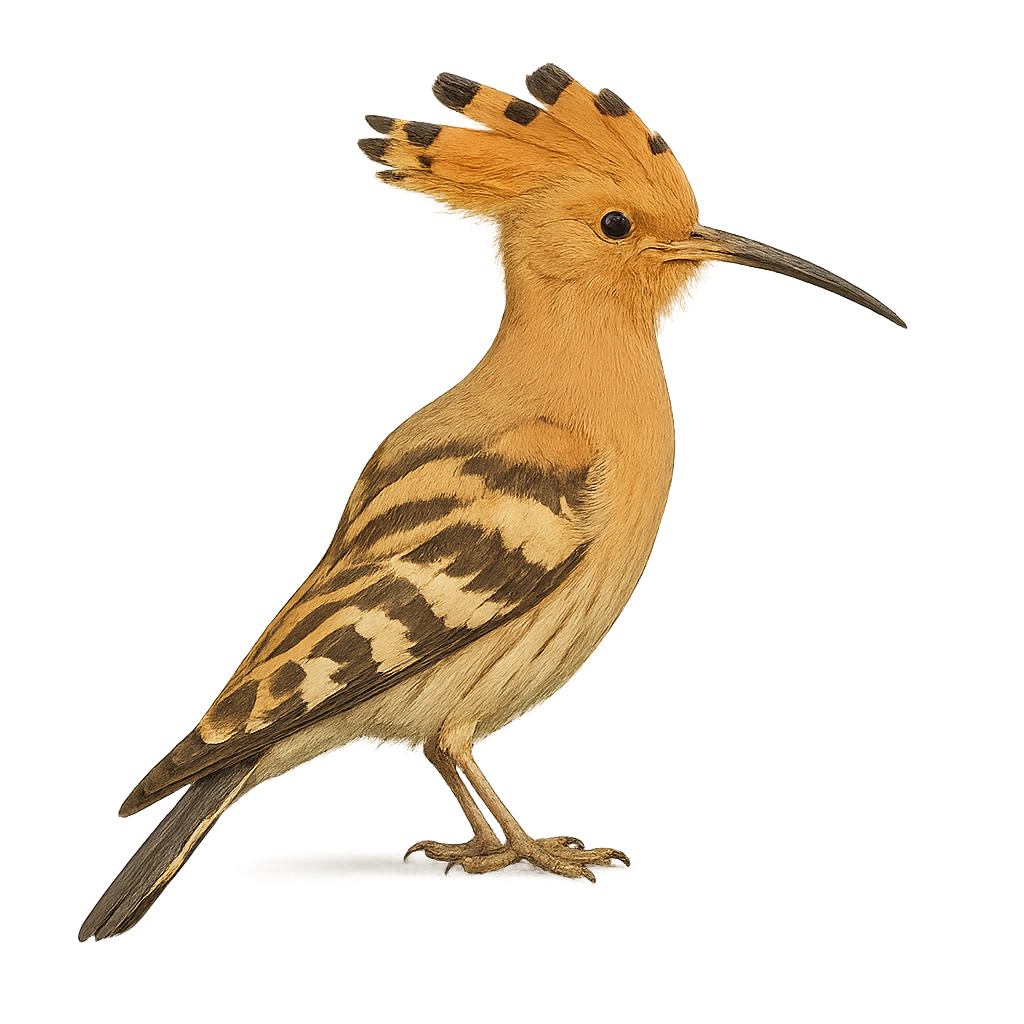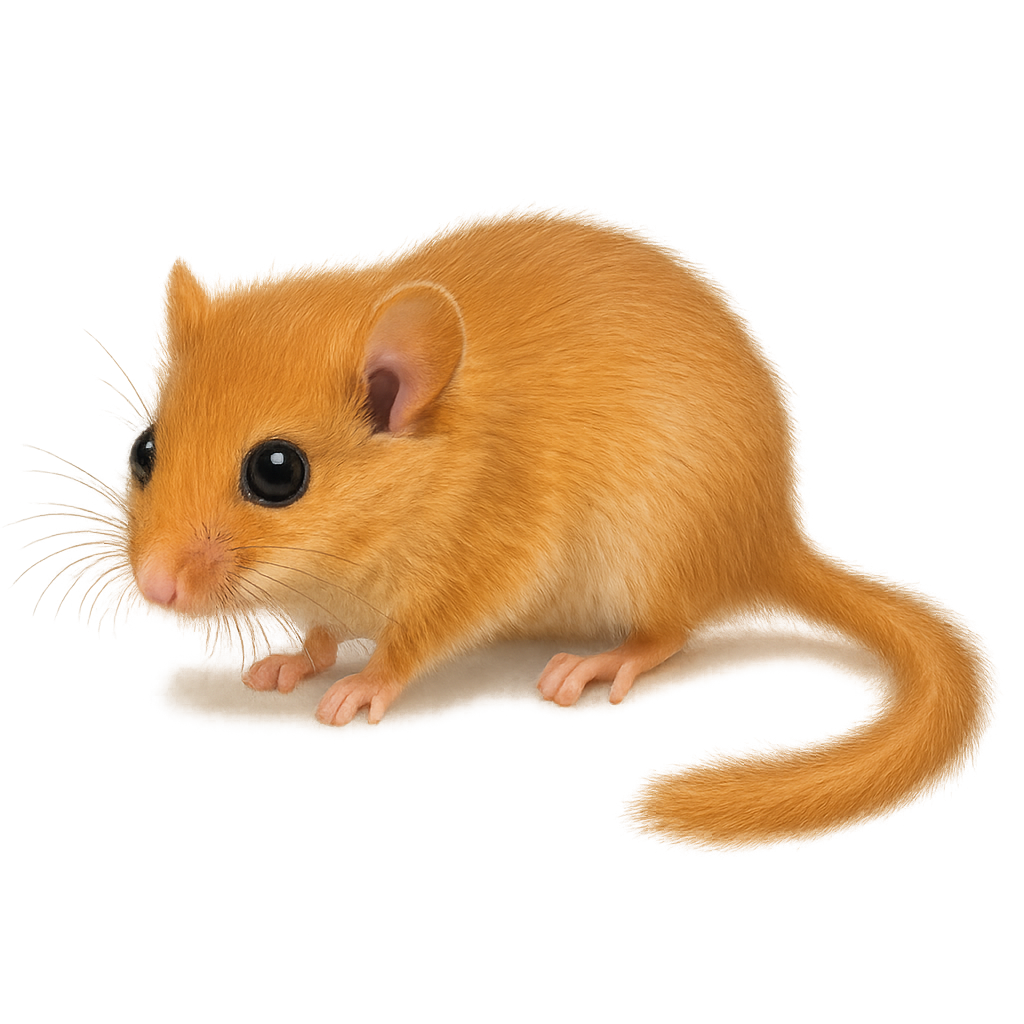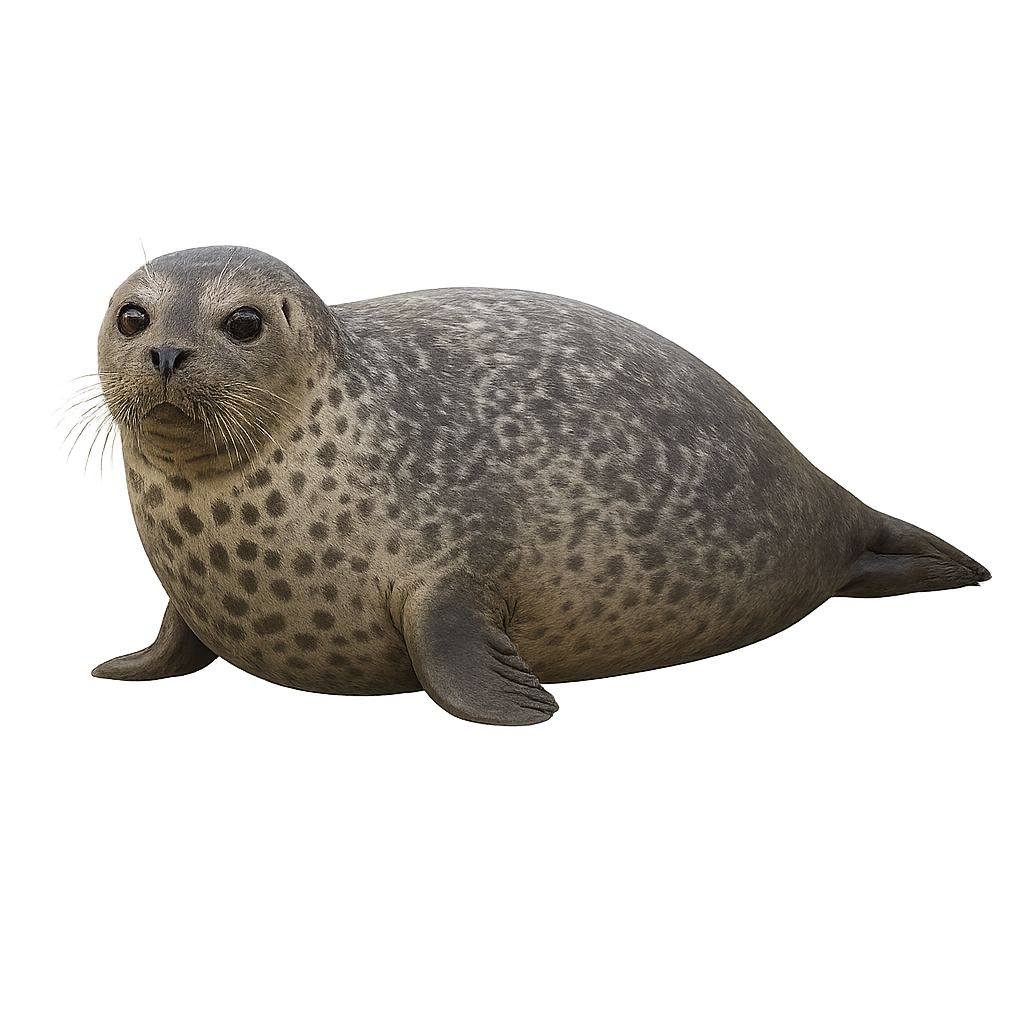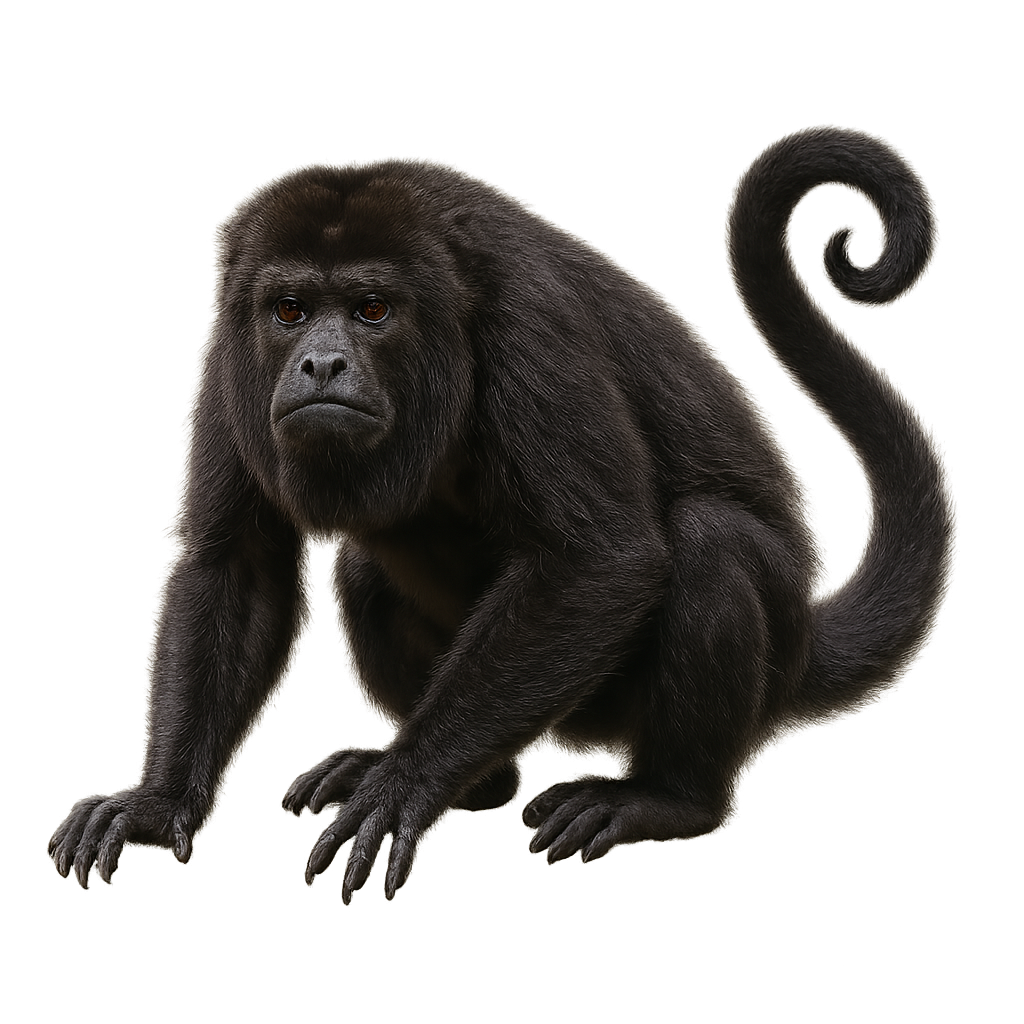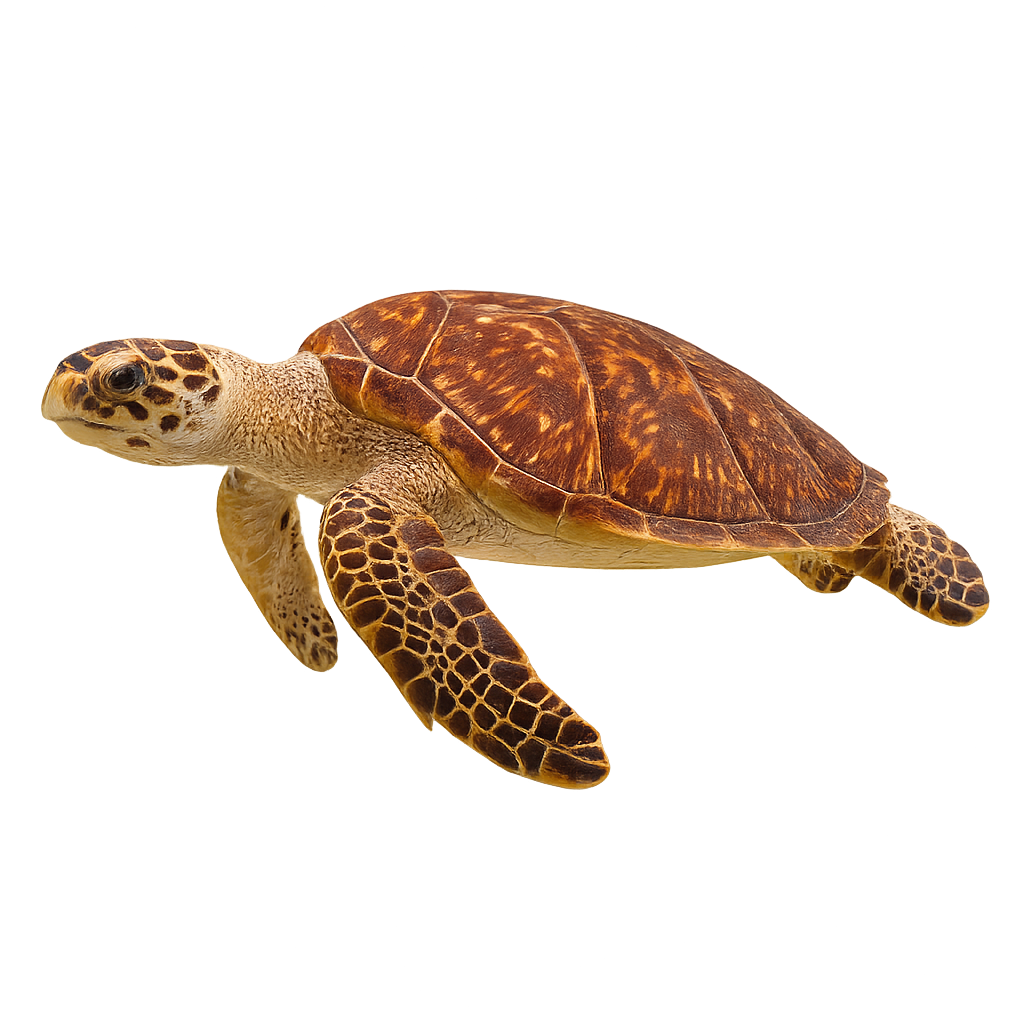Animal Species Profiles:
Mammals, Birds, Reptiles & More
Explore wildlife from around the world with the species profiles on WildlifePhotographer. Mammals, birds, reptiles… For each species, you’ll find key information such as habitat, observation periods, distribution, and photography tips. Want more details and advanced features? Download the full app for the complete experience.
Humpback whale
Megaptera novaeangliae
The Humpback Whale is one of the most iconic whale species, known for its spectacular jumps and fascinating songs. This massive whale can grow up to 16 meters long and weigh up to 36 tons. It is found in oceans worldwide, migrating between the cold waters of the Arctic and the warmer tropical waters to breed. Humpback whales primarily feed on krill and small fish, which they capture using a group hunting technique known as "bubble netting," where they create bubbles underwater to trap their prey.
In addition to their impressive hunting behaviors, Humpback Whales are also famous for their complex songs, which males use to attract females during the breeding season.
Honey Buzzard
Pernis apivorus
The Honey Buzzard is a medium-sized diurnal raptor, easily recognizable by its plumage marked with light and dark brown patterns and its slender build. It primarily inhabits open forests, hedgerows, and wooded areas in Europe and Asia, and feeds mainly on larvae of bees, wasps, and small insects, which it captures by flying above beehives or attacking the nests of social insects.
This raptor uses its powerful talons and curved beak to extract larvae from the nests. The Honey Buzzard is also known for its ability to undertake long migratory flights, leaving its breeding grounds in Europe to travel to warmer regions in North Africa for the winter. While the population remains stable in many areas, the Honey Buzzard may be threatened by habitat loss and the reduction in insect populations on which it relies.
Hartebeest
Alcelaphus buselaphus
The Hartebeest is a medium-sized antelope, easily recognized by its slender body, long legs, and slightly curved horns. It primarily inhabits the savannas and open plains of North and West Africa, where it forms large herds. The Hartebeest feeds mainly on grasses and low vegetation, and it is particularly well adapted to life in arid and semi-arid environments.
This species is mainly active at dawn and dusk, avoiding the intense heat of the day. The Hartebeest is threatened by habitat loss due to agriculture and hunting, and although conservation efforts have been made, its population remains vulnerable. It is listed as "Near Threatened" on the IUCN Red List.
Hen Harrier
Circus cyaneus
The Northern Harrier is a medium-sized raptor, easily recognizable by its gray and brown plumage, with distinct markings on its wings and a slightly rounded head. This diurnal bird primarily inhabits open areas such as grasslands, cultivated fields, and marshes, mainly in Europe and Asia. The Northern Harrier hunts small mammals, birds, and insects, which it captures by flying low, often making wide circles in search of prey.
This raptor is migratory, leaving its breeding grounds in Europe to head to North Africa during the winter. The Northern Harrier is also known for its majestic flight, which makes it easily identifiable. Although its population is declining in some areas due to habitat loss and human disturbances, conservation efforts are underway to help stabilize its populations.
Hummingbird
Trochilidae
Hummingbirds, members of the Trochilidae family, are small birds exceptionally known for their ability to hover in place due to their rapid and agile wing beats. These birds are characterized by their iridescent plumage, which varies from green and blue to red and purple, depending on the species. Their small size and high energy make them easily recognizable. Hummingbirds are primarily found in tropical and subtropical regions of the Americas, from Canada to the southern parts of South America.
They primarily feed on nectar that they gather from flowers, using their long slender beak and extendable tongue to reach the food. In addition to nectar, they also consume insects and spiders for protein. Due to their high metabolism, they must feed frequently throughout the day. Hummingbirds play a key role in pollinating flowering plants, thus contributing to the biodiversity of their habitats. While their population is generally stable, some species are threatened by habitat loss and climate change.
Helmeted tree frog
Triprion petasatus
The Helmeted Tree Frog is a fascinating amphibian species, known for the distinctive helmet-like protuberance on its head. This protuberance, resembling a helmet, helps it camouflage among the leaves and branches of trees in the humid tropical forests. It is mainly found in the forests of Costa Rica, Panama, and Nicaragua. It is nocturnal and terrestrial, spending much of its time in the canopy near streams where it lays its eggs. This frog is rather discreet and often hides in dense vegetation to avoid predators.
Hawfinch
Coccothraustes coccothraustes
The Hawfinch is a small passerine bird with a very powerful beak, designed to crack hard seeds and kernels. It measures about 22 cm in length and weighs between 50 and 70 g. Its plumage is mainly brown and gray, with white markings and a black patch on the head, while its wings are black with distinct white spots. The beak is wide, conical, and very robust, and it is the most remarkable feature of the bird. The Hawfinch primarily inhabits forests and wooded gardens in Europe and Western Asia, notably in France, Germany, Russia, and Turkey. It primarily feeds on seeds, particularly fruit pits and tree seeds. Its behavior is rather discreet and solitary, although it can be seen in small groups during the winter months. While the species is not endangered, habitat loss and deforestation may pose potential threats.
Hooded merganser
Lophodytes cucullatus
The Hooded Merganser is a medium-sized duck, easily recognizable by its distinctive crest and vibrant colors. It measures about 40 to 50 cm in length, with a wingspan of 60 to 70 cm, and weighs between 400 and 700 g. The male, during the breeding season, has a black and white head with an impressive crest of white feathers on top. Its plumage is mainly black and white, with shades of brown and green, and it has a short, wide beak adapted for feeding on fish, crustaceans, and aquatic invertebrates. The female, on the other hand, is more subtle, with light brown plumage and a less prominent crest. The Hooded Merganser primarily inhabits North America, particularly in the northeastern United States, where it frequents lakes, rivers, and wetland areas. It is an excellent diver, capable of diving underwater to capture its prey. Although the species is not in immediate danger, it is vulnerable to habitat loss and water pollution.
Harpy eagle
Harpia harpyja
The Harpy Eagle is one of the most powerful and impressive raptors in the world, easily recognizable by its large size and distinctive crest of feathers on its head. It measures between 86 and 107 cm in length, with a wingspan of 2 to 2.3 meters, and weighs between 6 and 10 kg. Its plumage is primarily dark gray and black, with white spots on the wings and belly, and a head adorned with a crest of feathers, giving it an imposing appearance. The Harpy Eagle primarily inhabits the tropical rainforests of Central and South America, notably in Mexico, Panama, Colombia, and Brazil. Carnivorous, it primarily feeds on mammals such as monkeys, sloths, and coatis, which it captures in flight or on trees with its powerful talons. Although the Harpy Eagle is not yet critically endangered, its population is threatened by deforestation, habitat loss, and illegal hunting.
Hoatzin
Opisthocomus hoazin
The Hoatzin is a strange and fascinating bird, easily recognizable by its plume crest and distinctive plumage. Native to the tropical forests of South America, particularly in the Amazon Basin, this bird stands out for its leaf-based diet, which it digests through fermentation in its digestive system, a process similar to that of ruminants. It has short wings and prefers to move by hopping through trees or swimming. While not aggressive, the Hoatzin is a shy bird and difficult to observe, often hidden in dense vegetation.
Hoopoe
Upupa epops
The Eurasian Hoopoe is a bird with a spectacular plumage, easily recognizable by its colorful crest of feathers that it raises in the shape of a tuft on its head. It measures about 25 to 29 cm in length, with a wingspan of 44 to 48 cm, and weighs between 40 and 70 g. Its plumage is primarily light beige, with black and white stripes on the back and wings, and its beak is long, thin, and slightly curved, ideal for probing the ground in search of insects and other small prey. The Eurasian Hoopoe primarily inhabits open areas, such as grasslands, orchards, forest edges, and cultivated areas across Europe, Asia, and North Africa. It mainly feeds on insects, such as ants, termites, and larvae, which it catches by probing the ground. This bird is an excellent flier, capable of flying long distances with powerful wingbeats. Although the species is not endangered, it is vulnerable to habitat loss and the intensification of agriculture.
Hazel Dormouse
Muscardinus avellanarius
The Common Dormouse is a small nocturnal rodent, often compared to a miniature squirrel, found mainly in forests, hedgerows, and gardens across Europe. It measures about 7 to 9 cm in length, with a tail of 5 to 7 cm, and weighs between 15 and 30 g. Its coat is typically brown or gray with a light belly, and it has large black eyes and round ears. The Common Dormouse is an arboreal and nocturnal animal that primarily feeds on fruits, seeds, nuts, and sometimes insects. It is an excellent climber, often living in trees or natural cavities. This small rodent is known for its hibernation behavior: it enters torpor during the winter months, retreating into its nest to survive the cold temperatures. Although it is widespread, it is threatened by habitat loss and human disturbances.
Hoffmann's two-toed sloth
Choloepus hoffmanni
The Two-toed Sloth is an arboreal mammal native to the tropical forests of Central and South America, notably in Costa Rica, Panama, Colombia, and Ecuador. It measures between 50 and 60 cm in length, with a reduced tail and weighs between 4 and 8 kg. Its fur is long, thick, and gray-green in color, allowing it to blend into the foliage of trees. As its name suggests, it has two toes on its front limbs, which allow it to cling to branches and move slowly from tree to tree. The Two-toed Sloth is primarily herbivorous, feeding on leaves, fruits, and flowers. Although it is an excellent climber, it moves very slowly and often only leaves its trees once a week to descend to the ground for defecation. The species is currently listed as "vulner
Harbor seal
Phoca vitulina
The Common Seal, also known as the Harbor Seal, is a marine mammal found primarily along the coasts of the North Atlantic, in Europe and North America. It measures between 1.5 and 2 meters in length and weighs between 60 and 150 kg. Its fur is typically light gray with dark spots, and its head is rounded with bright black eyes. The Common Seal is an excellent swimmer and primarily feeds on fish, crustaceans, and mollusks. It is often seen lounging on rocks or beaches. Although its population remains relatively stable, the Common Seal is sometimes threatened by pollution, hunting, and human disturbance of its breeding habitats.
Howler monkey
Alouatta
The Howler Monkey is a medium-sized primate found primarily in the tropical forests of Central and South America, notably in Mexico, Central America, and parts of the Amazon rainforest. It typically measures about 40 to 70 cm in length, with a prehensile tail of 50 to 75 cm, and weighs between 7 and 10 kg. Its fur varies from black to brown, and it has a large throat and powerful jaw, which allow it to produce extremely loud sounds, used to demarcate territory and communicate with other members of its group. The Howler Monkey is primarily herbivorous, feeding on leaves, fruits, and flowers. It lives in social groups and is primarily active during the day, moving slowly from tree to tree. While its population remains relatively stable, this species is threatened by deforestation and hunting.
Hawksbill sea turtle
Eretmochelys imbricata
The Hawksbill sea turtle is a widely recognized species of sea turtle, known for its shell's overlapping, tile-like scales, from which it gets its name. It is primarily found in the warm tropical and subtropical waters of the Atlantic, Indian, and Pacific Oceans. This marine reptile is primarily carnivorous, feeding on jellyfish, fish, and crustaceans. The Hawksbill is particularly vulnerable due to habitat loss from pollution and illegal collection of its shell. It is also threatened by illegal fishing and loss of nesting beaches.



